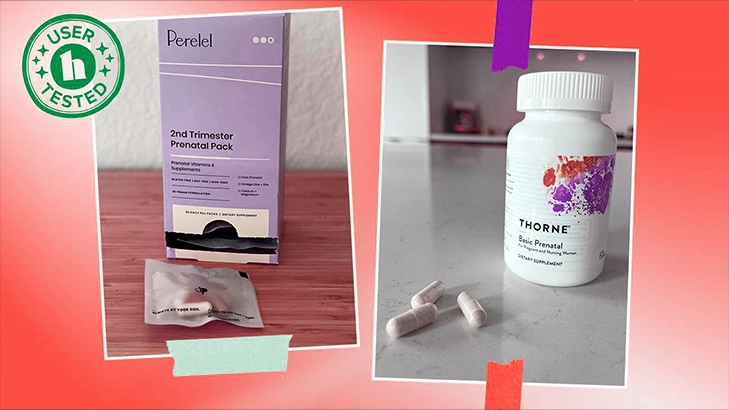-
Understanding Food Sensitivity Testing at TrustedTablets
At TrustedTablets, we’re dedicated to helping you achieve optimal health by addressing the root causes of discomfort. If you experience bloating, headaches, or digestive issues after eating certain foods, you might be wondering if a food sensitivity is to blame. Inspired by Healthline’s comprehensive insights, we’re here to guide you through the world of food…
-
Best CBD Gummies for Wellness at TrustedTablets
At TrustedTablets, we’re committed to offering high-quality wellness products to support your health and well-being. CBD gummies have become a popular choice for those seeking a convenient, tasty, and discreet way to incorporate cannabidiol (CBD) into their daily routine. Drawing inspiration from Healthline’s rigorous testing and expert insights, we’ve curated a selection of the best…
-
Choosing the Best Prenatal Vitamins for a Healthy Pregnancy
At TrustedTablets, we understand that preparing for a healthy pregnancy is a top priority for expectant mothers. Taking a high-quality prenatal vitamin is one of the simplest and most effective ways to support both maternal and fetal health. Based on expert recommendations and rigorous standards, we’ve compiled a guide inspired by Healthline’s insights to help…
Categories









